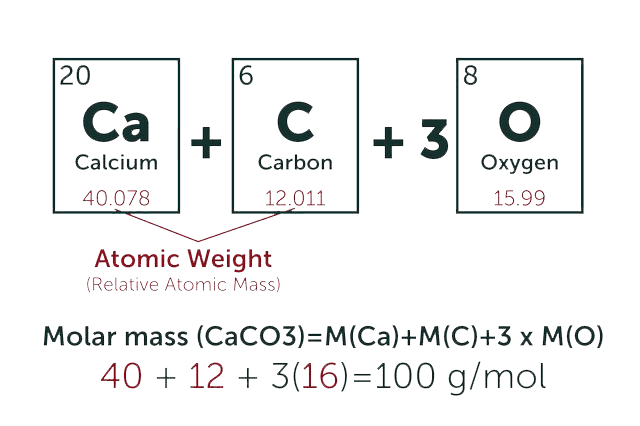Tetracaine EP Impurity A
* Please be kindly noted products are not for therapeutic use. We do not sell to patients.

| Category | Others |
| Catalog number | BBF-04317 |
| CAS | 150-13-0 |
| Molecular Weight | 137.14 |
| Molecular Formula | C7H7NO2 |
| Purity | ≥98.5% by assay |
Online Inquiry
Capabilities & Facilities
Fermentation Lab
4 R&D and scale-up labs
2 Preparative purification labs
Fermentation Plant
Semi pilot, pilot and industrial plant 4 Manufacturing sites 7 Production lines at pilot scale 100+ Reactors of 30-4000 L; 170+ reactors of 20 KL-30 KL; 24+ reactors of >100 KL 2 Hydrogenation reactors (200 L, 4Mpa and 1000L, 4Mpa)
Product Description
4-Aminobenzoic acid, also known as PABA, is a B vitamin derivative with UV absorption and antifibrotic properties. 4-Aminobenzoic acid can be generated by some intestinal bacteria, and acts as an intermediate in the synthesis of folate (vitamin B9). It is used in the treatment of fibrotic skin disorder, also can be used as a supplement for fatigue, irritability, depression, etc. Nutritional supplement in health care products.
- Specification
- Properties
- Price Product List
- QC Data
| Synonyms | Benzocaine EP Impurity G; p-Aminobenzoic Acid; Bacterial Vitamin H1; p-Carboxyaniline; p-Carboxyphenylamine; Actipol; Amben; PABA; Pabacyd; Pabafilm; Trichochromogenic Factor; Vitamin BX; Vitamin H' |
| Storage | Store at RT |
| IUPAC Name | 4-aminobenzoic acid |
| Canonical SMILES | C1=CC(=CC=C1C(=O)O)N |
| InChI | InChI=1S/C7H7NO2/c8-6-3-1-5(2-4-6)7(9)10/h1-4H,8H2,(H,9,10) |
| InChI Key | ALYNCZNDIQEVRV-UHFFFAOYSA-N |
| Appearance | White to Off-white Powder |
| Boiling Point | 339.9±25.0°C at 760 mmHg |
| Melting Point | 186-188°C (dec.) |
| Flash Point | 159.4°C |
| Density | 1.3±0.1 g/cm3 |
| Solubility | Soluble in DMSO, Methanol |
| LogP | 1.54820 |
| BBF-04301 | Tulathromycin A | Inquiry |
| BBF-03988 | Gamithromycin | Inquiry |
| BBF-03891 | Cefsulodin sodium | Inquiry |
| BBF-03880 | Cyclopamine | Inquiry |
| BBF-01737 | Cordycepin | Inquiry |
| BBF-00574 | Bestatin | Inquiry |
Bio Calculators
* Our calculator is based on the following equation:
Concentration (start) x Volume (start) = Concentration (final) x Volume (final)
It is commonly abbreviated as: C1V1 = C2V2


